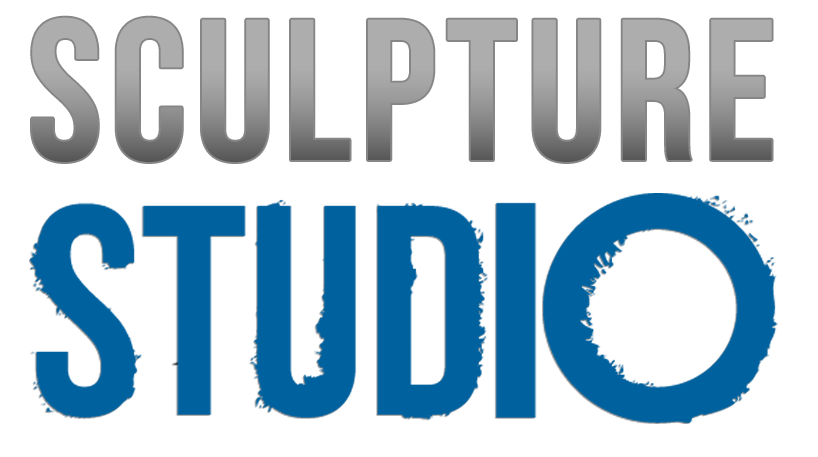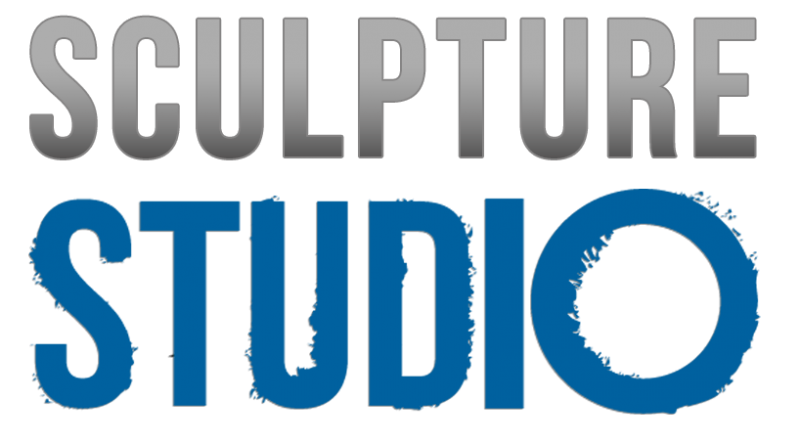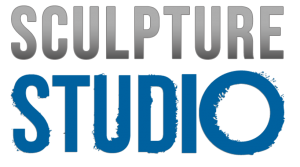Categories
Category: Sin categoría
Categories
Arm structure
Categories
Forearm
Categories
Foot structure
Categories
Simplification model for Tutoring
Categories
Leg muscles
Categories
Sculpting the leg
Categories
Thigh muscles
Categories
Sculpting the upper body
Categories








